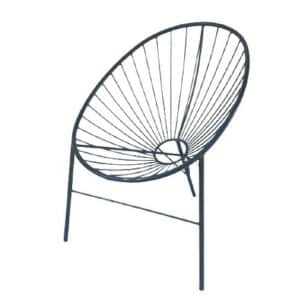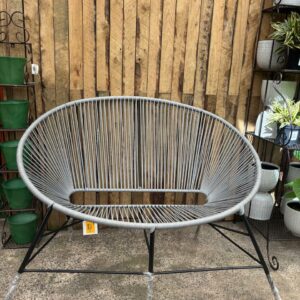Why and What You Should Prune
DIY and how-to

Hey there, green thumb. As the autumn leaves fall and the chilly season ramps up, it’s time to put on our gardening gloves and indulge in a little pruning party. While there’s a list of specific plants that could use a trim, let’s first dig into why we prune in the first place. So, grab your shears and let’s get snipping.
Many plants benefit from good pruning during late autumn or early winter. It’s like giving them a stylish haircut before they cosy up for the colder months. But why do we prune, you ask? Here are a few reasons:
- Pruning promotes growth because dense foliage makes it very difficult for light and water – both essential for healthy growth – to penetrate all parts of the plant.
- It allows the light in and ensures better air circulation, which means fewer cases of fungal diseases and insect pests.
- Old trees and shrubs tend to develop very long, spindly branches. Cutting these off forces the plant to sprout new, stronger branches or shoots.
- Pruning can remove dead or diseased branches.
- Pruning also helps to keep your garden neat and maintain any pleasant views that you may have from your garden.
Here’s a list of some of the plants that are itching for a trim:
- Summer- and autumn-flowering shrubs, like Pride of India, ceratostigma, ribbon bush, barleria, hydrangeas and wild dagga
- Climbers, like golden shower, canary creeper, clematis and wisteria
- Evergreen fruit trees like citrus trees
- Roses – but don’t prune your roses yet; wait until the second half of July or the first half of August before doing so.
Tip: Before you start pruning, make sure your secateurs are clean and sharp, and grease all the moving parts well. It’s a good idea to invest in a pair of elbow-length gloves if you’ll be pruning very thorny or spiky shrubs.
You might also like
Shop online
-
HAMSTER WHEEL
- R79.99
- Add to cart Learn More
-
LOUNGER POD 92X68.5X87CM
- R1,764.99
- Add to cart Learn More
-
2 SEATER POD LOUNGER STRING
- R3,779.99
- Select options This product has multiple variants. The options may be chosen on the product page Learn More




